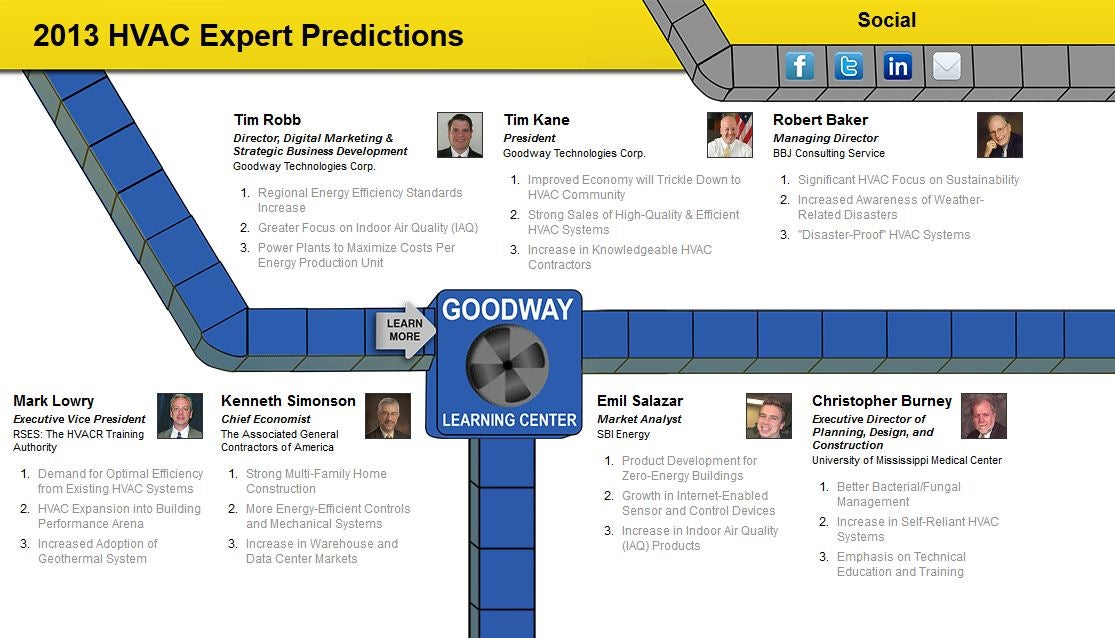Discover The Essential Methods To Improve The Efficiency And Lifespan Of Your Heat Pump System By Avoiding Normal Installation Mistakes
Discover The Essential Methods To Improve The Efficiency And Lifespan Of Your Heat Pump System By Avoiding Normal Installation Mistakes
Blog Article
Developed By-Parrish Morris
When mounting a heat pump, you need to stay away from common blunders that could threaten its performance. Ignoring correct sizing may result in inadequacies and higher utility expenses. Neglecting insulation and securing could lead to energy wastage and strain on the unit. Moreover, positioning the outside unit improperly may impact its efficiency. By preventing these mistakes, you can ensure optimum operating and sturdiness of your heat pump system.
Improper Sizing of Heatpump
When it pertains to the installment of heatpump, one of the most usual mistakes is improperly sizing the unit for your area. Ensuring the ideal dimension is essential for ideal performance. If the heatpump is also small, it will battle to heat or cool your space successfully, bring about boosted power expenses and prospective wear and tear on the unit.
On the other hand, if the heatpump is as well large, it will certainly cycle on and off frequently, causing temperature variations and reducing its life expectancy.
To prevent installing a heat pump in an existing home , it's vital to have an expert analyze your space and recommend the appropriate size of the heatpump based on elements like square video footage, insulation, ceiling height, and regional environment. By spending the moment and effort to make sure the correct sizing, you can appreciate a comfy atmosphere while making best use of energy effectiveness and extending the lifespan of your heat pump.
Inadequate Insulation and Sealing
To make sure the effective procedure of your heatpump, it's vital to resolve insufficient insulation and sealing in your room. Proper insulation helps preserve a constant temperature level inside your home, decreasing the work on your heat pump. Poor insulation can result in power loss, making your heatpump work harder and less effectively.
Securing any voids or leakages in your room is equally crucial. https://www.realtor.com/advice/home-improvement/thermostat-problems-possible-explanations/ allow conditioned air to get away and outside air to permeate in, forcing your heatpump to make up for the temperature variations.
Incorrect Placement of Outdoor Unit
Resolving the placement of your heatpump's outside system is key to maximizing its efficiency. Setting up the outdoor system in a wrong location can cause effectiveness concerns and possible damages to the unit.
One usual blunder to prevent is positioning the outdoor device as well near to a wall surface or various other frameworks. This can limit airflow, creating the device to work more difficult to warmth or cool your room, eventually reducing its efficiency and life-span.
One more mistake to avoid is putting the outdoor device in direct sunlight. While some sunlight is unavoidable, extreme direct exposure can cause getting too hot, particularly during hot summer days. It's finest to place the outdoor device in a shaded location to assist keep its optimum operating temperature level.
Moreover, make certain that the outside unit is placed on a secure and degree surface. Uneven ground can cause resonances and unneeded pressure on the unit, impacting its efficiency over time.
heat pumps in new zealand , staying clear of usual mistakes during heat pump setup is essential for taking full advantage of efficiency and long life of your system. By making https://hvac-service-uniforms78765.blogoxo.com/30600939/start-your-trip-towards-reliable-heating-and-cooling-with-important-understandings-on-heat-pump-installment-the-trick-to-opening-optimum-performance sizing, appropriate insulation, sealing, and correct placement of the outdoor system, you can avoid issues such as ineffectiveness, boosted energy costs, and pressure on the system. Making the effort to address these essential factors will ultimately save you money and time over time.
